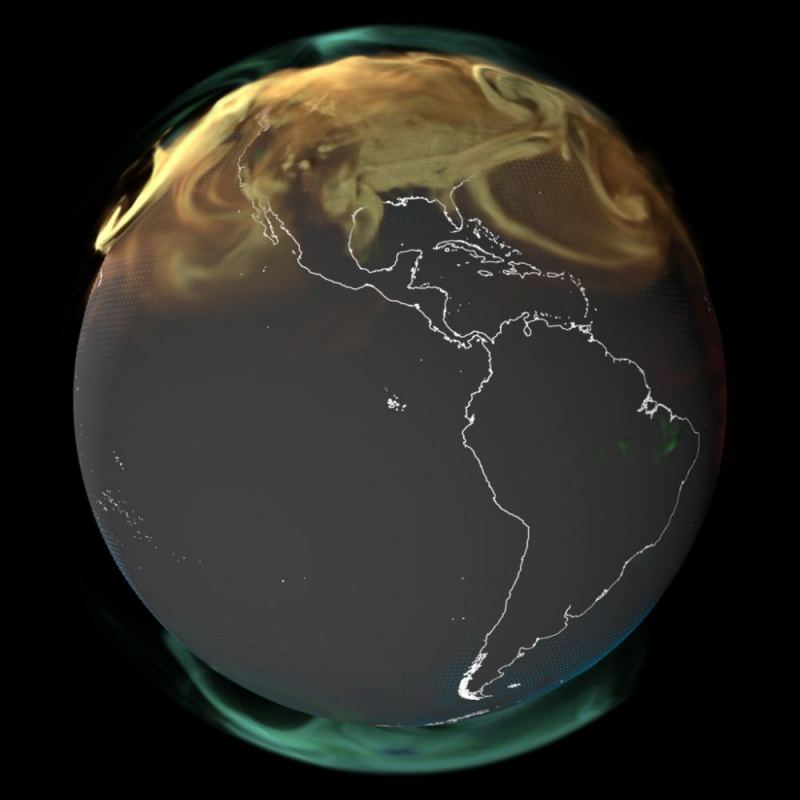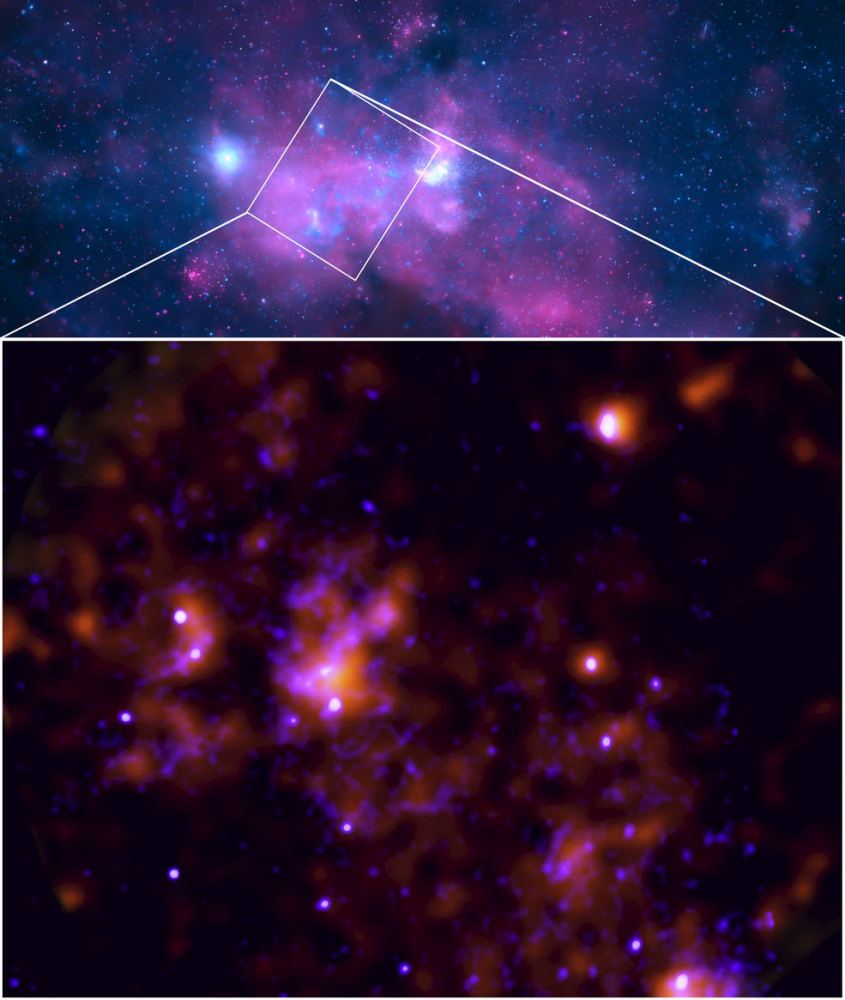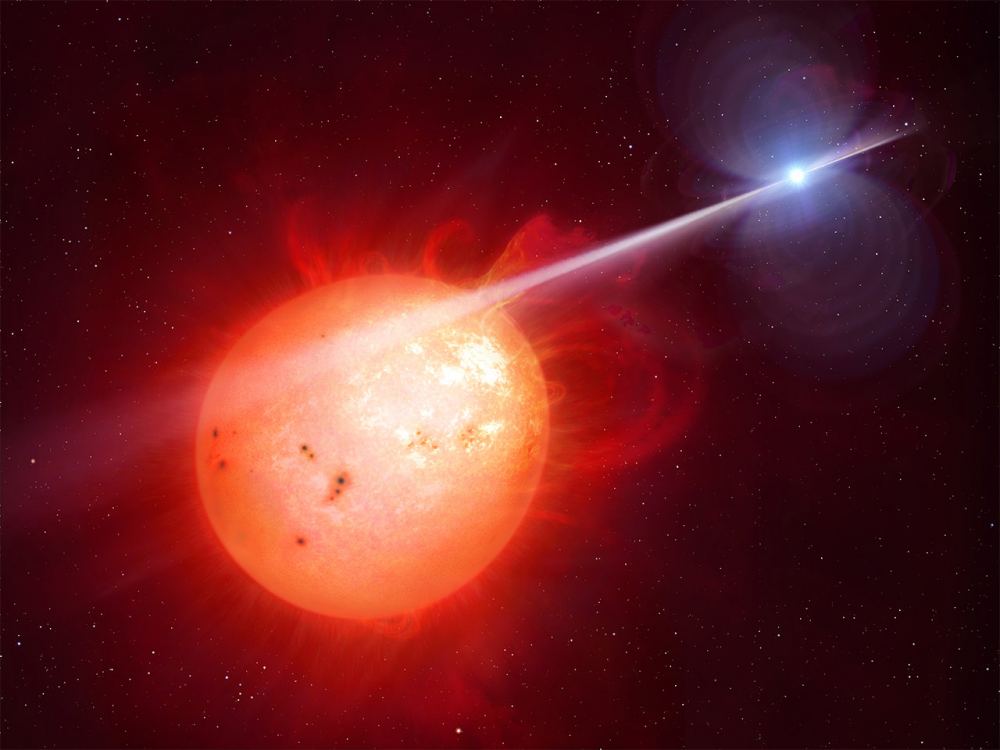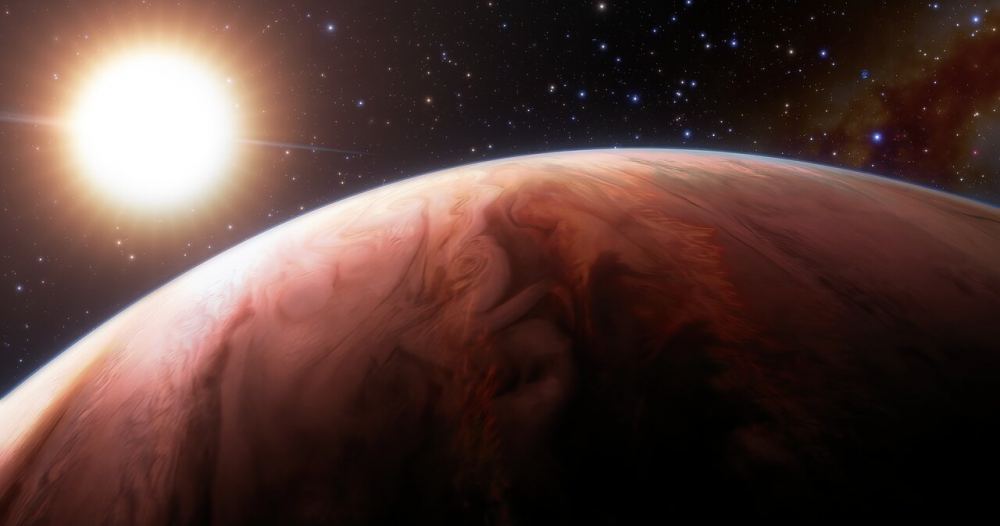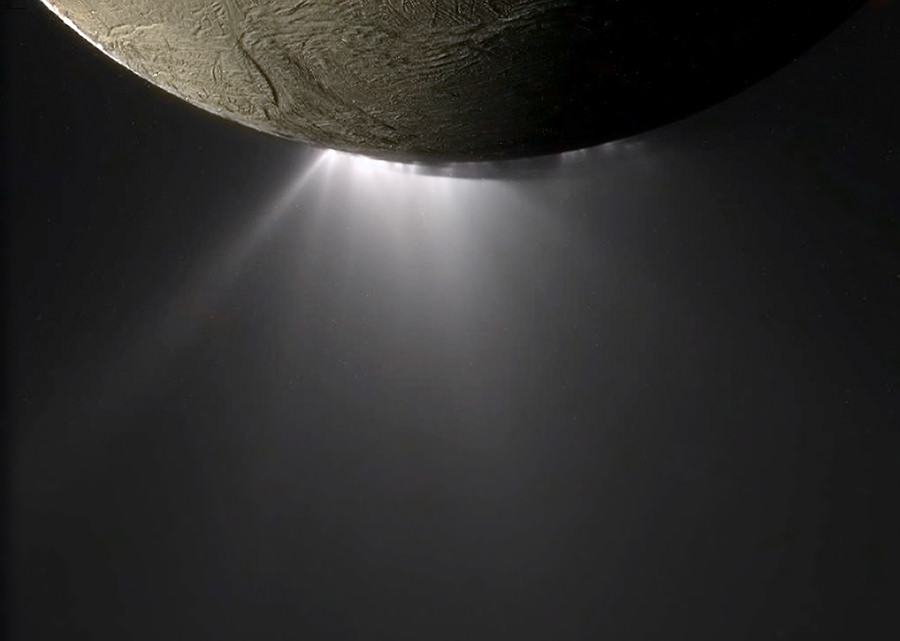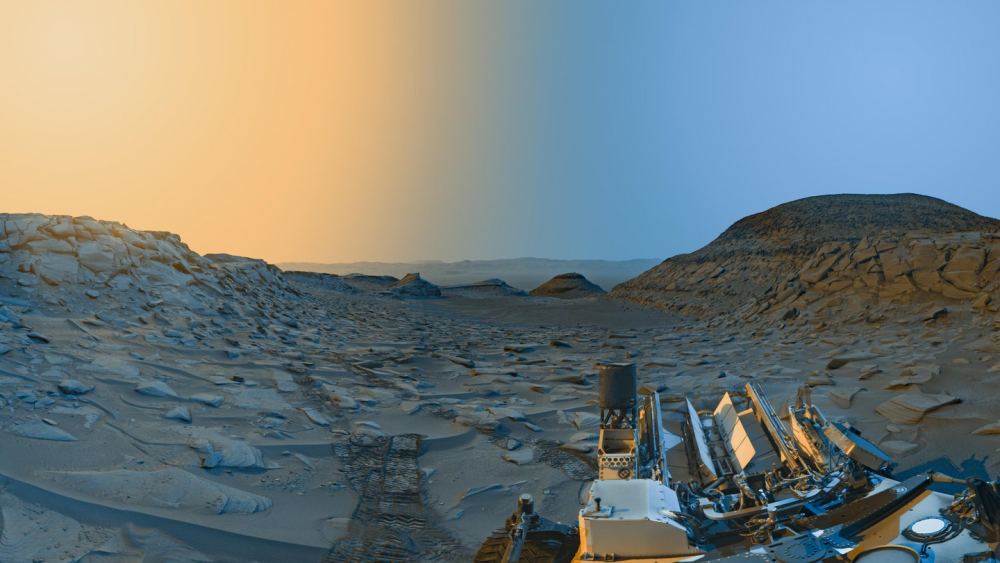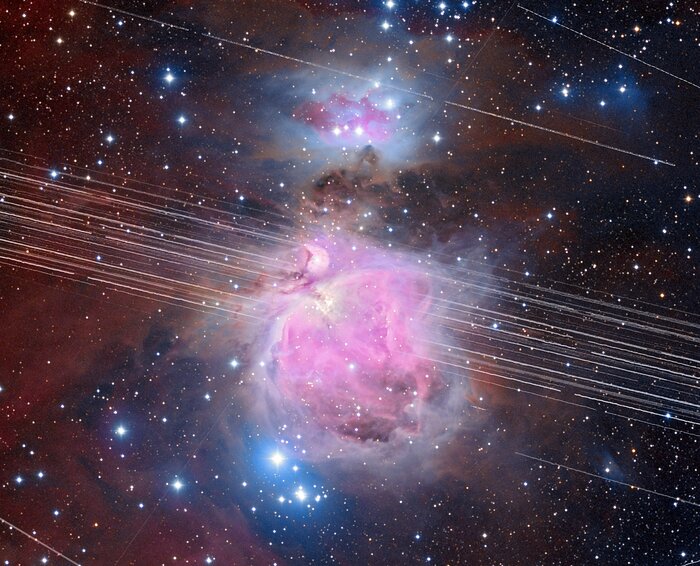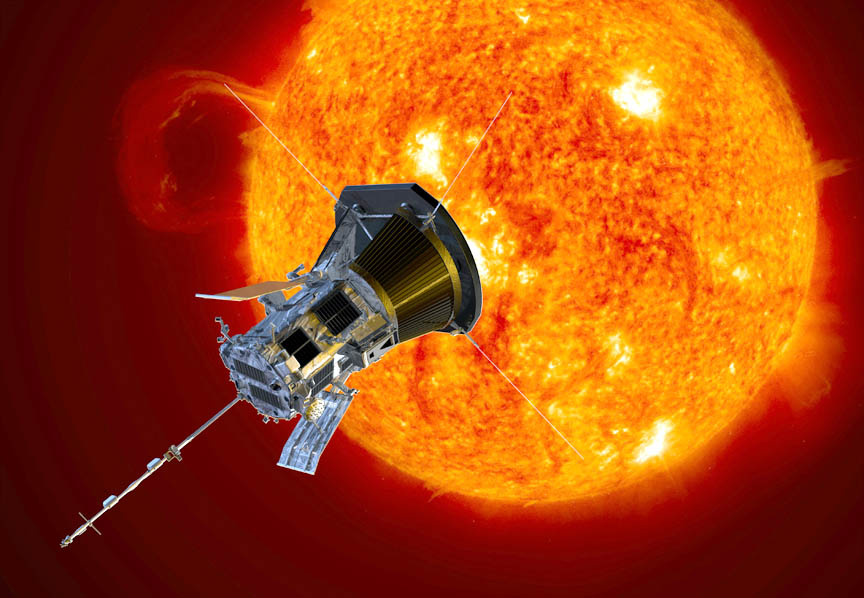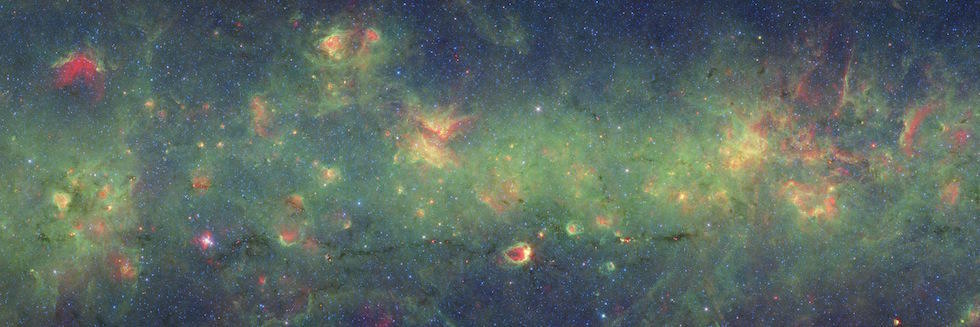It’s a strange, eerie-looking place. Carbon dioxide gas appears… and disappears in cycles and bursts throughout the year. It’s how our planet would look if we could detect carbon dioxide (CO2) with our eyes. Scientists at NASA’s Global Modeling and Assimilation Office made computer animations of its presence in our atmosphere. Those videos show an almost-alien view of Earth under the influence of this gas.
Mind-Blowing Animation Shows What the World Would Look Like If You Could See Carbon Dioxide Emissions
